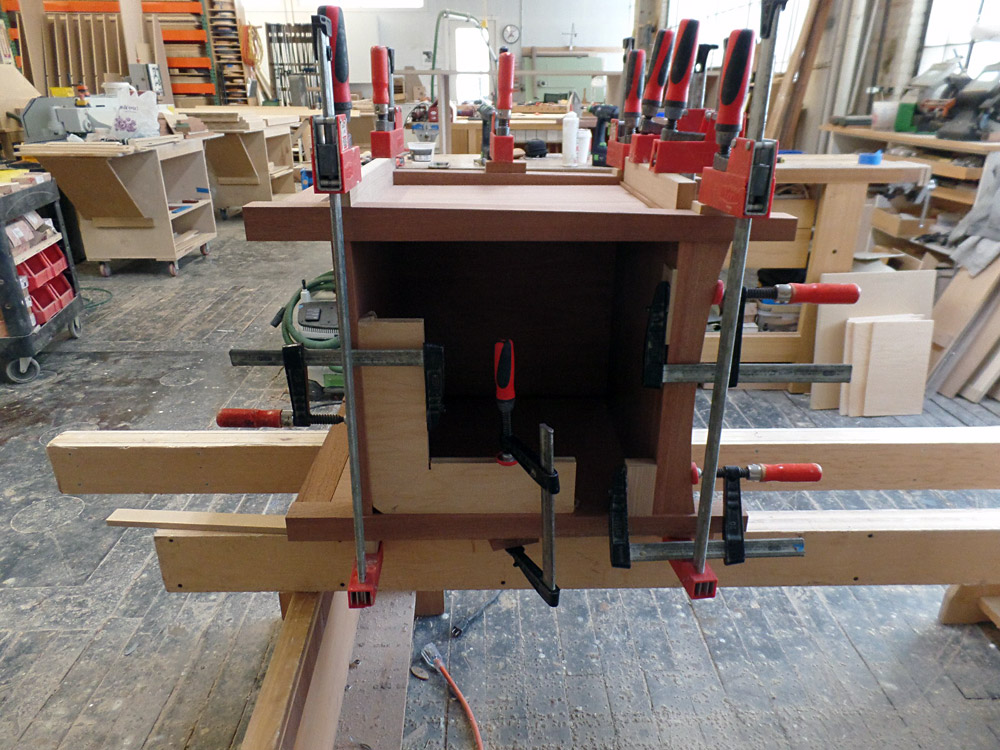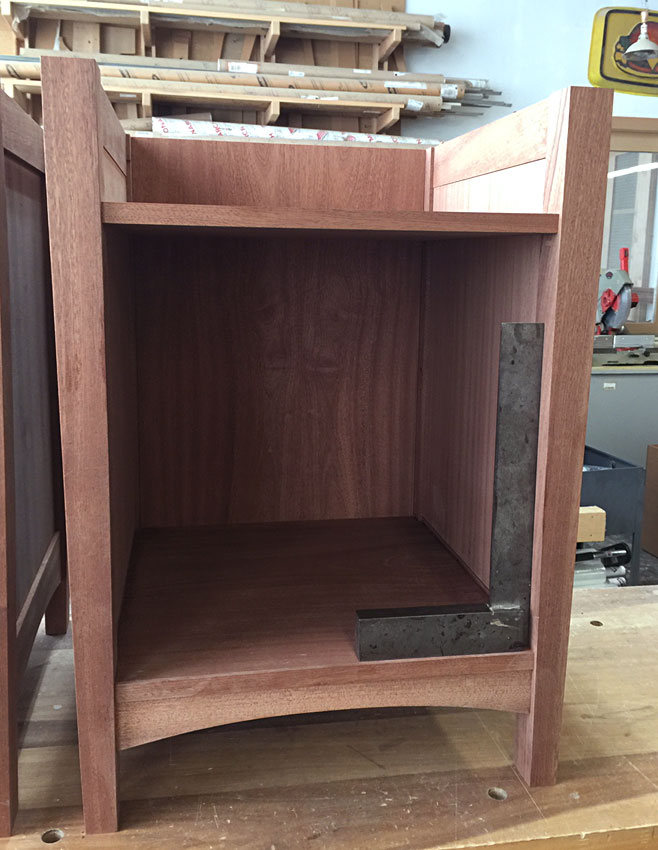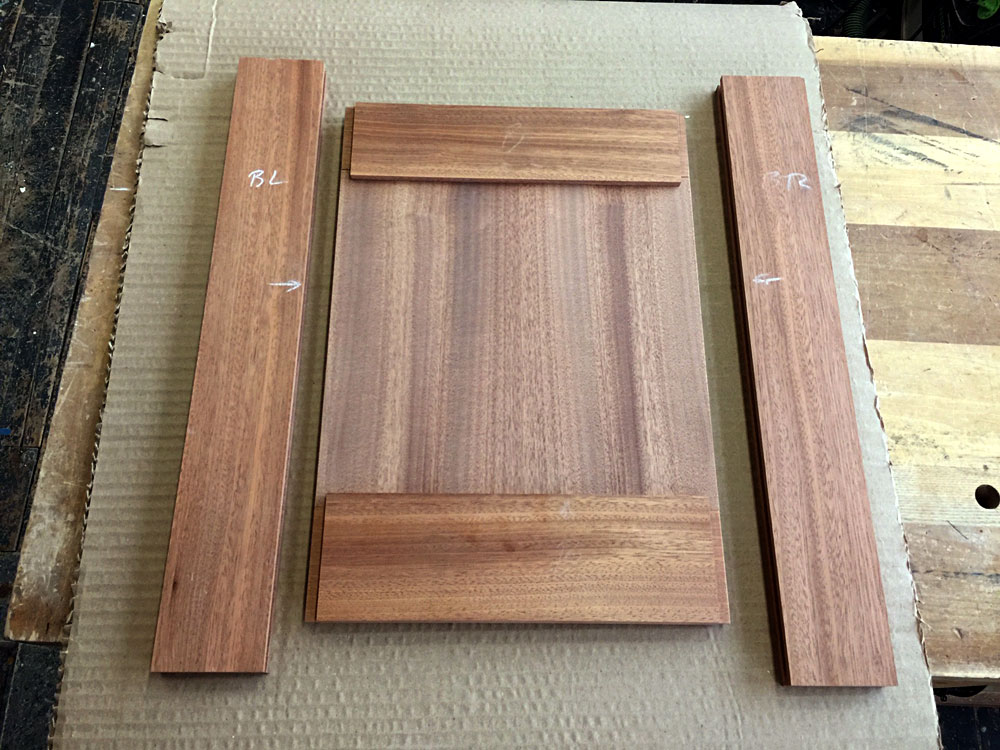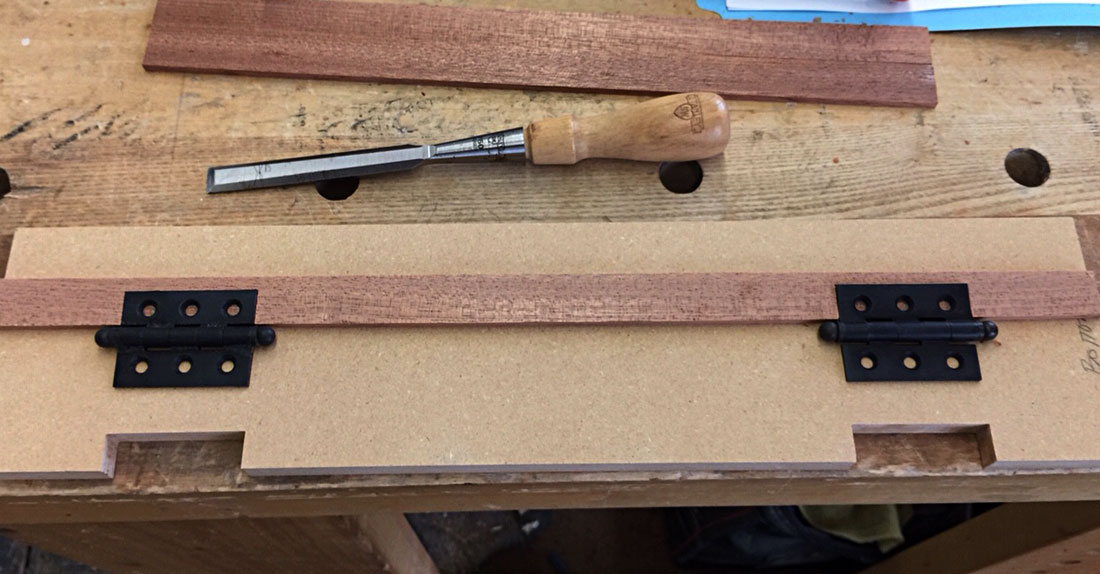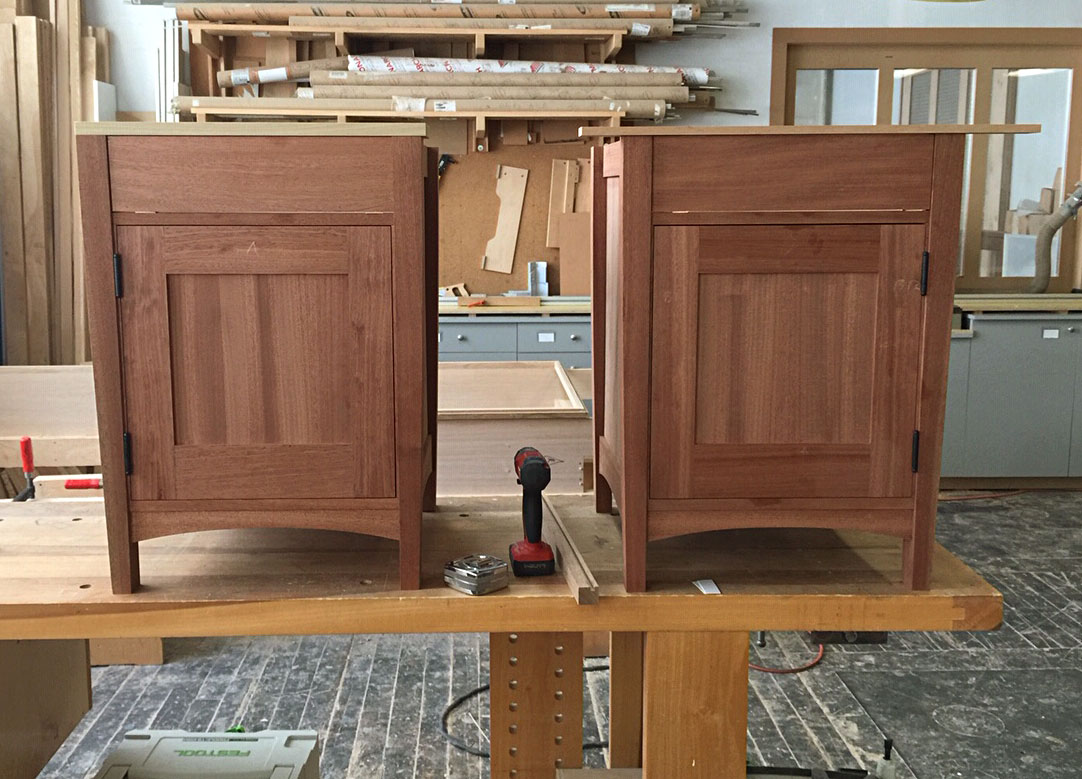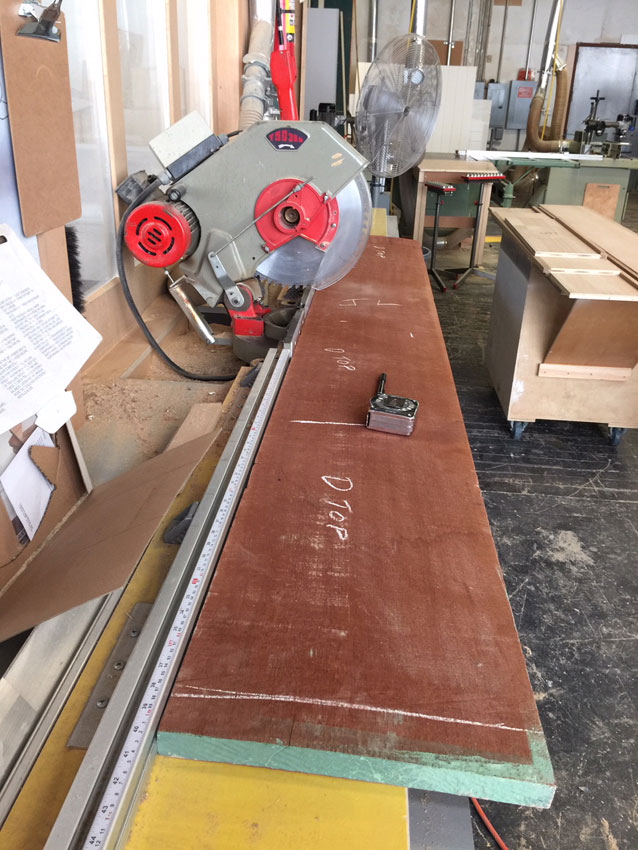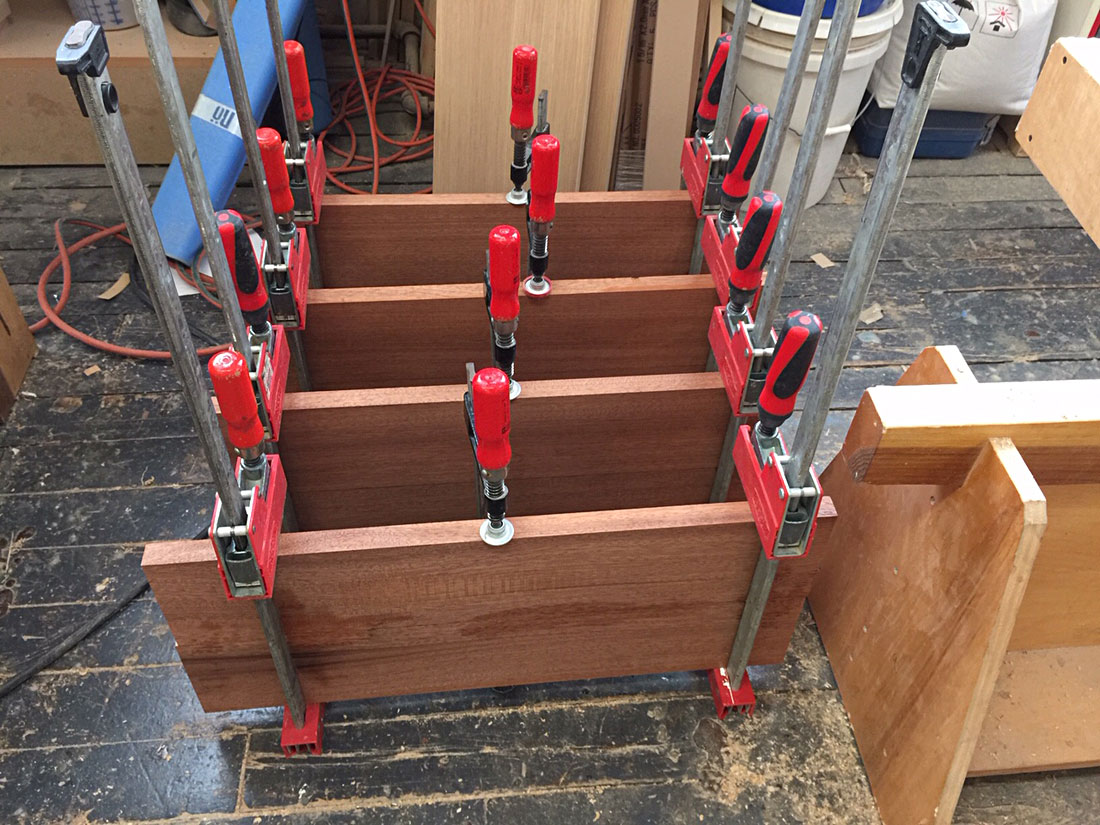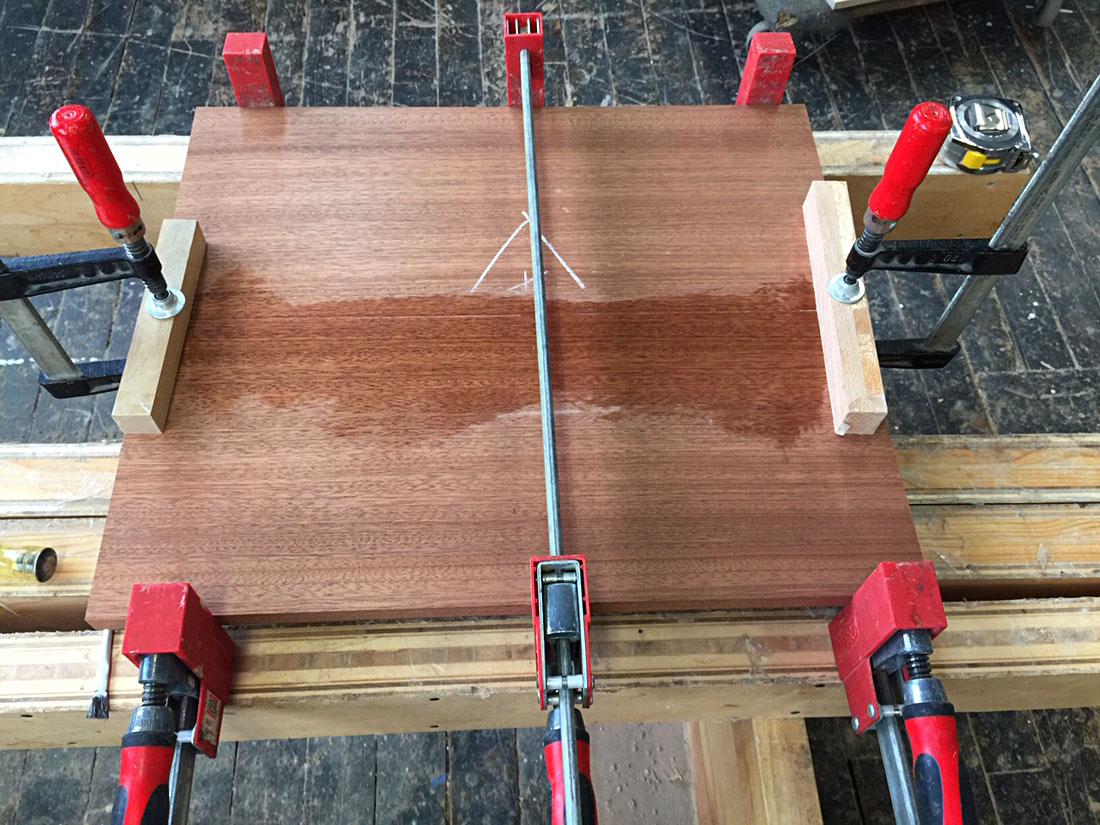Here is the rest of the bench, ok, so it's my kitchen table, but you get the idea.
From left to right, a spoonie minus the body, a west coast style teal, and a lab retrieving duck can topper. The can topper is for my wife's grandfather who has been a huge influence in our lives and my hunting specifically. I will post when it is painted this week.
View attachment 20200713_073947.jpg
From left to right, a spoonie minus the body, a west coast style teal, and a lab retrieving duck can topper. The can topper is for my wife's grandfather who has been a huge influence in our lives and my hunting specifically. I will post when it is painted this week.
View attachment 20200713_073947.jpg


